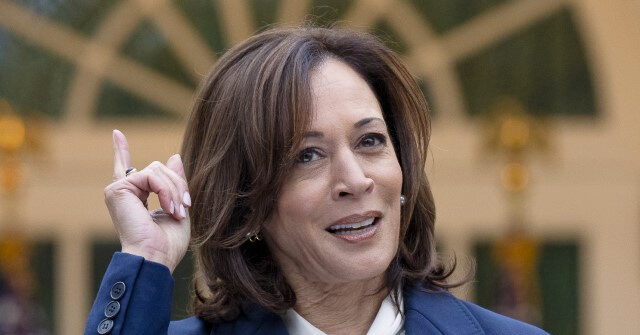Plunging U.S. revenue at X risks opening up a "massive hole" on its balance sheet that Musk needs to plug to stave off its financial collapse.

fortune.com
Ferguson based his assessment on internal second-quarter figures recently obtained by the New York Times. According to this report, X booked $114 million worth of revenue in the U.S., its largest market by far. This represented a 25% drop over the preceding three months and a 53% drop over the year-ago period.
That already sounds bad. But it gets worse. The last publicly available figures prior to Musk’s acquisition, from Q2 of 2022, had revenue at $661 million. After you account for inflation, revenue has actually collapsed by 84%, in today’s dollars.
No one knows how much longer X can survive, since the company doesn’t release financial results. But in November, Musk himself admitted X could face bankruptcy due to the advertiser boycott.
Since then all talk about reaching cash flow breakeven, let alone turning an actual profit, has ceased. In and of itself this is unusual for someone like Musk, who is comfortable announcing targets so aggressive and unrealistic that he repeatedly fails to meet them.
Pledge not to sell shares until 2025 will soon expire
The problem for Musk is that while he may be the wealthiest man alive, he cannot simply plug financial holes in X using his own personal fortune, estimated at over $236 billion by Forbes.
That’s because it is almost exclusively tied up in his various corporate holdings that include everything from rocket builder SpaceX and brain chip company Neuralink to his latest startup, xAI.
None of these investments are easily fungible. Only Tesla is a publicly traded company. So the easiest solution at his fingertips is to liquidate a portion of his remaining 12% stake.
Continually dumping Tesla shares onto an unsuspecting market, resulting in the stock plumbing two-year lows, is after all how Musk financed the bulk of Twitter’s $44 billion price tag in the first place.






